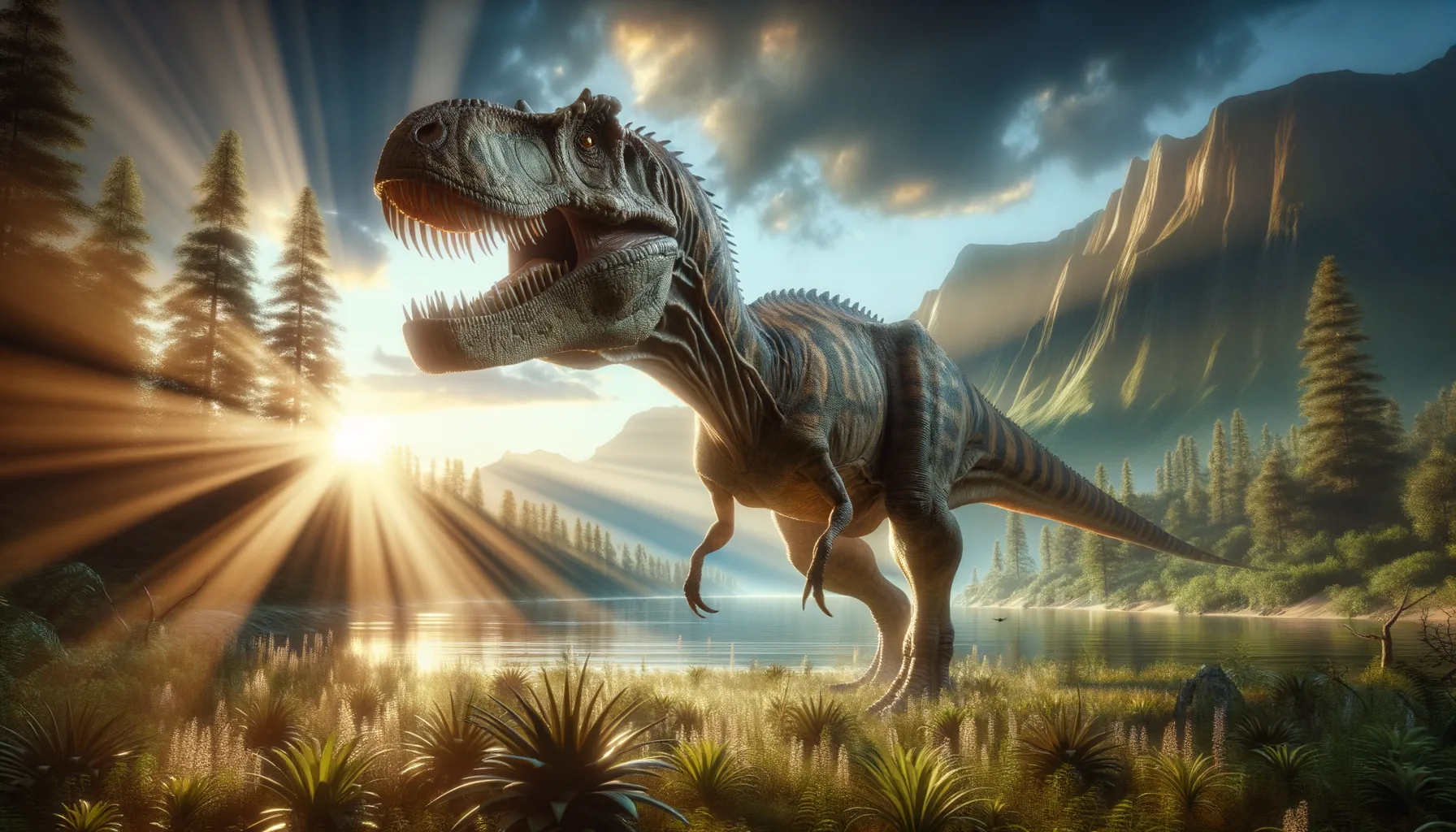
Zupaysaurus
The ancient predator from Argentina's past!
Period
Jurassic
Length
Roughly 4-5 meters from head to tail.
Height
About 1.5 meters at the hip.
Weight
Approximately 250-300 kilograms.
Zupaysaurus was a carnivorous dinosaur from the early Jurassic period, found in what is now Argentina. It was a medium-sized theropod, notable for its elongated skull and sharp teeth, suggesting a predatory lifestyle. As an early member of the theropod family, it provides crucial insights into the evolution of later, larger predators.
Diet
As a carnivore, Zupaysaurus primarily fed on smaller reptiles and possibly early mammals. Its sharp teeth and agile body helped it catch prey efficiently.
Hunting
Zupaysaurus likely hunted alone, using stealth and speed to ambush its prey. Its small size suggested it relied on quick strikes rather than brute strength to capture its meals.
Environmental challenges
Living during the early Jurassic period, Zupaysaurus faced a world recovering from the late Triassic extinction. The shifting climate and evolving ecosystems required it to adapt quickly. The abundance of volcanic activity could have affected its habitat, posing periodic challenges to its food supply. As new species emerged, competition for resources became a significant survival factor.
Speed
Moderate runner for a theropod.
Lifespan
Estimated to live around 20-25 years.
First discovery
Discovered in the late 1990s in Argentina.
Fun Facts
- Zupaysaurus is a dinosaur that lived approximately 200 million years ago during the Late Triassic period.
- Its name means 'Devil Lizard' in Spanish, named by paleontologists who discovered its fossils in Argentina.
- Zupaysaurus was a theropod, a group of bipedal carnivorous dinosaurs that includes the famous T. rex.
- It was relatively small compared to other theropods, growing up to about 4 meters (13 feet) in length.
- Zupaysaurus had sharp teeth and claws, suggesting it was a predator, likely hunting smaller animals.
- The fossils of Zupaysaurus were first discovered in 1999 in the La Rioja Province of Argentina.
- Its discovery in South America gives insight into the distribution of theropods during the Triassic period.
Growth and Development
Zupaysaurus hatched from eggs and went through rapid growth phases early in life. Juveniles likely had different proportions, with larger heads and eyes, indicating a need for keen senses from a young age. As they matured, their skeletal structure strengthened, adapting for efficient hunting and movement.
Habitat
It inhabited what is now South America, in areas with a mix of forests and open land. This provided ample cover for hunting and escaping larger predators. Seasonal changes might have influenced its movement, possibly migrating short distances in search of food or water.
Interaction with other species
Zupaysaurus interacted with various other dinosaurs and early mammals. Its presence affected local food webs, potentially competing with other small to medium-sized carnivores. Although solitary hunters, they might have tolerated others of their species in the presence of abundant resources.
Natural lifespan
Zupaysaurus typically lived up to 25 years in the wild.
Reproduction
Zupaysaurus likely reproduced through egg-laying, much like modern reptiles and birds. Nesting sites would have been in sheltered areas, minimizing the risk of predation. Parents possibly provided minimal care, as is common with many reptilian species, with young being relatively self-sufficient shortly after hatching.
Social behaviour
Zupaysaurus was likely solitary or formed small groups occasionally. Its hunting strategy favored individual efforts, reducing competition. However, during the mating season, interactions were more frequent, with displays of aggression or courtship becoming common.
Fossil locations
Fossils of Zupaysaurus have primarily been found in the La Rioja Province of Argentina. These discoveries have provided significant understanding of early theropod evolution in Gondwana. The region's sedimentary deposits have preserved its remains well, offering insights into its anatomy and lifestyle.
